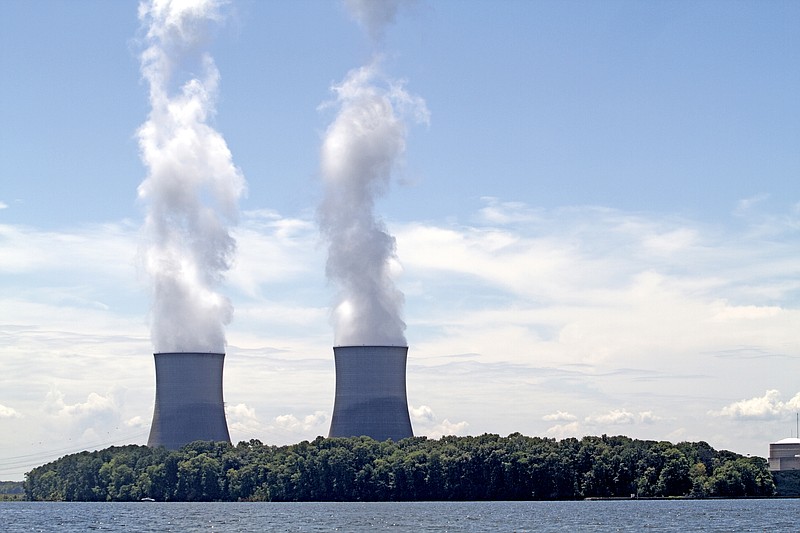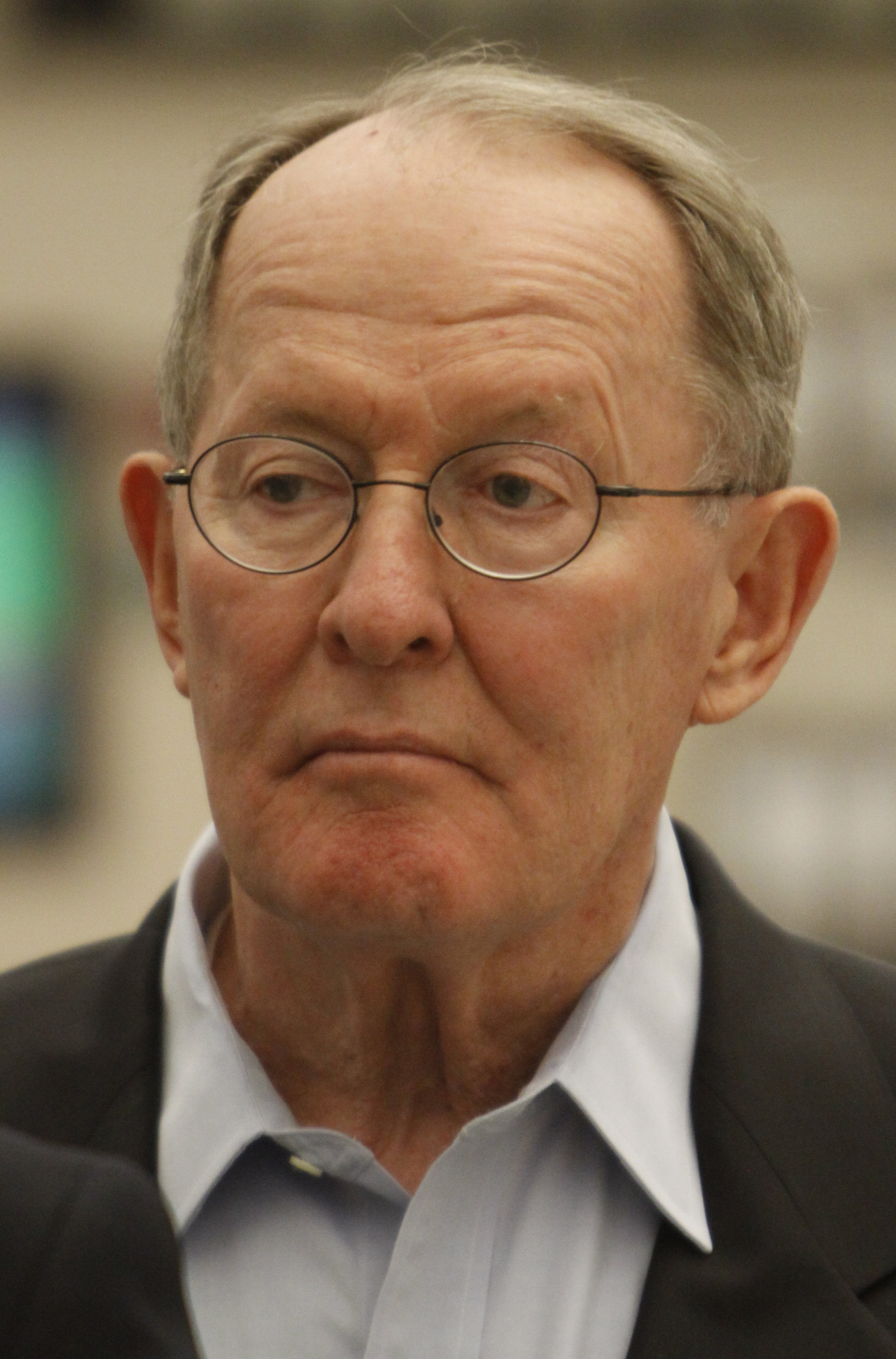A former nuclear regulator, an economic analyst and a congressional think-tank adviser say 2011 marked the fall of the so-called U.S. nuclear renaissance, despite regulators' approval last week of a new reactor design.
The experts said 2012 likely will bring more challenges for the nuclear industry in the wake of triple meltdowns at Japan's Fukushima Dai-ichi nuclear plant after a crippling 9.0 earthquake and tsunami in March.
The cost of the accident, now estimated at $250 billion, essentially bankrupted Tokyo Electric Power Co., the world's fourth-largest utility.
The final blow is the emergence of natural gas as a significantly less risky and cheaper alternative, the three say. Former Nuclear Regulatory Commission member Peter Bradford, economic analyst Mark Cooper with Vermont Law School and Executive Director Carol Werner comprise the congressional-formed and nonpartisan Environmental and Energy Study Institute.
"The renaissance is imploding," Bradford said. "The collapse was well under way before the accident of Fukushima, and Fukushima should not be wished away or prophesied away [by nuclear proponents]. It's the best 2012 can hope for."
Even before the Japan meltdowns, Cooper said markets and financiers had seen nuclear industry investment -- with $18.5 billion in congressional-backed loan guarantees -- as "a bubble with air rapidly leaking out of it."
The ramifications of thousands of Japanese not being able to return to their homes and businesses for years "reminds financial markets that nuclear power is uninsurable," Cooper said.
However, Sen. Lamar Alexander, R-Tenn., took the opposite position in a phone interview Wednesday. Alexander in 2009 sponsored legislation to earmark $100 billion in loans to build 100 reactors by 2020.
"If we want enough low-cost electricity to create jobs, run our computers and keep the lights on, we're going to need to build 100 new nuclear plants in the next 20 or 30 years," Alexander said Wednesday.
He pushed for a fresh, nationwide nuclear initiative despite financial concerns and safety questions. Those include recent "red" and "white" NRC findings at all three of the Tennessee Valley Authority's operating nuclear plants. "White" is the NRC's lowest safety finding. "Red" is the final step before a nuclear plant is shut down, something the NRC has never done.
A longtime critic of other sources of renewable energy, including wind and solar, Alexander said he doesn't see "any substitute" for "pollution-free electricity."
Federal Election Commission records show a political action committee representing Areva Inc., a French nuclear power conglomerate contracted by TVA for about $1 billion in work on the Bellefonte Nuclear Plant near Hollywood, Ala., gave Alexander a $1,500 campaign contribution on March 14, three days after the Fukushima Dai-ichi nuclear disaster.
Alexander also received at least two $1,000 contributions from the Nuclear Energy Institute Federal PAC in the run-up to his re-election in 2008.
The South is the national leader when it comes to taking Alexander up on prospective new reactors, even as some countries are backing away from nuclear power.
Two new reactors, projected to be operational in 2016 and 2017, are planned at Southern Company's Plant Vogtle near Augusta, Ga. Another two are planned by South Carolina Electric and Gas in Fairfield County, S.C.
The Westinghouse AP1000 is supposed to shut down safely if it loses electricial power, as in the Fukushima event.
The four planned AP1000 reactors are the only survivors in what had been envisioned by Alexander and other nuclear proponents. The field of about 30 had narrowed over the last three years as investors ran into financial and other obstacles.
TVA presently has the only new nuclear reactor under construction in the U.S., Unit Two at Watts Bar Nuclear Plant near Spring City, Tenn. The $2.5 billion reactor is over budget and behind schedule, officials have conceded.
On Tuesday, spokesman Ray Golden said the federal utility is not ready to say how far behind and how much over budget.
TVA also plans to begin work on a new reactor at the now-idled Bellefonte plant as soon as Watts Bar is completed and fuel is loaded.
TVA President and CEO Tom Kilgore said in August the ratepayer-funded utility plans to finance the Bellefonte job by selling and leasing back the Watts Bar reactor and by selling the new John Sevier plant, a combined-cycle gas plant in upper East Tennessee.
On Wednesday, TVA officials did not respond to a question whether it has had nibbles from buyers for either plant. In a statement, utility officials seemed to hedge the prospect of selling the Watts Bar reactor.
"TVA is planning a lease financing on the John Sevier Combined Cycle plant. The financing is expected to take place before the commercial operation of the facility, expected to be before May 2012," according to the statement.
"After the completion of the lease financing on the John Sevier Combined Cycle, TVA will assess the need for future lease financings."


